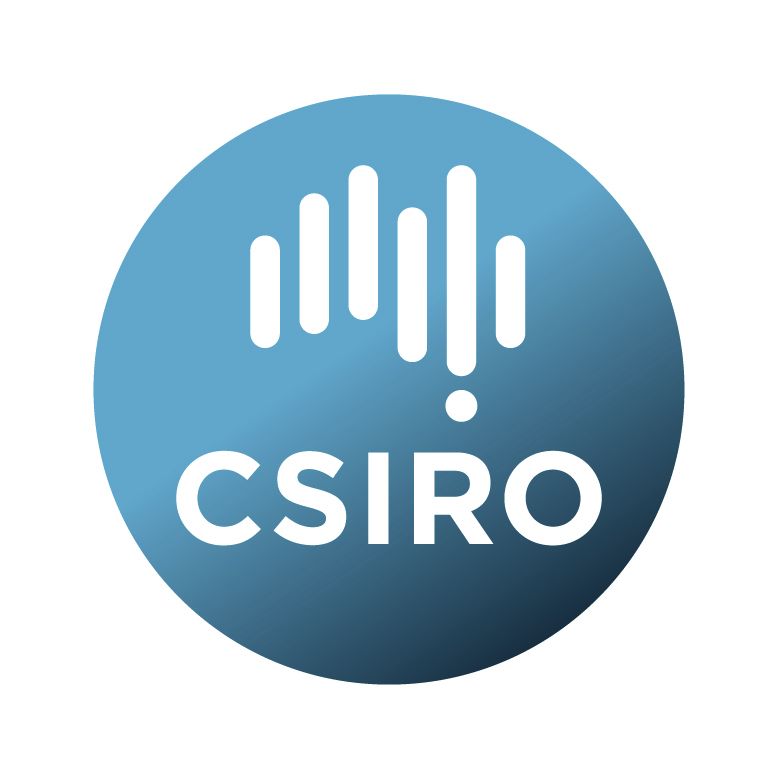Brief description
AWC to 150cm is one of 18 attributes of soils chosen to underpin the land suitability assessment of the Victoria River Water Resource Assessment (VIWRA) through the digital soil mapping process (DSM). AWC (available water capacity) indicates the ability of a soil to retain and supply water for plant growth. This AWC raster data represents a modelled dataset of AWC to 150cm (mm of water to 150cm of soil depth) and is derived from analysed site data, spline calculations and environmental covariates. AWC is a parameter used in land suitability assessments for rainfed cropping and for water use efficiency in irrigated land uses. This raster data provides improved soil information used to underpin and identify opportunities and promote detailed investigation for a range of sustainable regional development options and was created within the ‘Land Suitability’ activity of the CSIRO VIWRA. A companion dataset and statistics reflecting reliability of this data are also provided and can be found described in the lineage section of this metadata record. Processing information is supplied in ranger R scripts and attributes were modelled using a Random Forest approach. The DSM process is described in the CSIRO VIWRA published report ‘Soils and land suitability for the Victoria catchment, Northern Territory’. A technical report from the CSIRO Victoria River Water Resource Assessment to the Government of Australia. The Victoria River Water Resource Assessment provides a comprehensive overview and integrated evaluation of the feasibility of aquaculture and agriculture development in the Victoria catchment NT as well as the ecological, social and cultural (indigenous water values, rights and aspirations) impacts of development.Lineage: This AWC to 150cm dataset has been generated from a range of inputs and processing steps. Following is an overview. For more information refer to the CSIRO VIWRA published reports and in particular ' Soils and land suitability for the Victoria catchment, Northern Territory’. A technical report from the CSIRO Victoria River Water Resource Assessment to the Government of Australia. 1. Collated existing data (relating to: soils, climate, topography, natural resources, remotely sensed, of various formats: reports, spatial vector, spatial raster etc). 2. Selection of additional soil and land attribute site data locations by a conditioned Latin hypercube statistical sampling method applied across the covariate data space. 3. Fieldwork was carried out to collect new attribute data, soil samples for analysis and build an understanding of geomorphology and landscape processes. 4. Database analysis was performed to extract the data to specific selection criteria required for the attribute to be modelled. 5. The R statistical programming environment was used for the attribute computing. Models were built from selected input data and covariate data using predictive learning from a Random Forest approach implemented in the ranger R package. 6. Create AWC to 150cm Digital Soil Mapping (DSM) attribute raster dataset. DSM data is a geo-referenced dataset, generated from field observations and laboratory data, coupled with environmental covariate data through quantitative relationships. It applies pedometrics - the use of mathematical and statistical models that combine information from soil observations with information contained in correlated environmental variables, remote sensing images and some geophysical measurements. 7. Companion predicted reliability data was produced from the 500 individual Random Forest attribute models created. 8. QA Quality assessment of this DSM attribute data was conducted by three methods. Method 1: Statistical (quantitative) method of the model and input data. Testing the quality of the DSM models was carried out using data withheld from model computations and expressed as OOB and R squared results, giving an estimate of the reliability of the model predictions. These results are supplied. Method 2: Statistical (quantitative) assessment of the spatial attribute output data presented as a raster of the attributes “reliability”. This used the 500 individual trees of the attributes RF models to generate 500 datasets of the attribute to estimate model reliability for each attribute. For continuous attributes the method for estimating reliability is the Coefficient of Variation. This data is supplied. Method 3: Collecting independent external validation site data combined with on-ground expert (qualitative) examination of outputs during validation field trips. Across each of the study areas a two week validation field trip was conducted using a new validation site set which was produced by a random sampling design based on conditioned Latin Hypercube sampling using the reliability data of the attribute. The modelled DSM attribute value was assessed against the actual on-ground value. These results are published in the report cited in this metadata record.
Available: 2024-12-13
Data time period: 2021-07-01 to 2024-09-30
Subjects
Agricultural, Veterinary and Food Sciences |
Agricultural Hydrology |
Agricultural Spatial Analysis and Modelling |
Agriculture |
Agriculture, Land and Farm Management |
Available water capacity |
Cropping |
Digital Soil Mapping |
Earth Sciences |
Environmental Sciences |
FGARA |
Hydrology |
Irrigation |
Land Capability and Soil Productivity |
Land suitability |
NAWRA |
Northern Australia |
ROWRA |
SOGWRA |
Soil |
Soil moisture |
Soil Sciences |
Soil Sciences Not Elsewhere Classified |
Surface Water Hydrology |
Sustainable Agricultural Development |
VIWRA |
Victoria catchment (NT) |
Water |
User Contributed Tags
Login to tag this record with meaningful keywords to make it easier to discover


